|
We recently had to do some repairs to one of the water harvesting systems at the farm. The system at the bull barn that utilizes the underground cisterns developed a clog in the collection pipe. We had noticed that after a several inch rainfall, the tanks did not fill up as they were supposed to. This led to us investigating the system to see what the problem was. First we poured some water into the gutters to see if their was a visual leak, and to see if any of the water was making it all the way to the underground tanks. We found that the water was making it to the holding tanks, but it was taking it an exceptionally long time. We also notice a wet spot in the barn beside the gutter inlet that told us the system was backing up and overflowing during really hard rains. That led us downstream in the system to the collection pipe where we found a blockage at the 90 degree turn where the pipe empties into the underground tanks. Everything was glued together so we had to cut the inlet pipe to see what the problem was. Once getting it cut open we found that the problem was straw and debris from attempted birds nest in the gutters. The straw and dirt washed down the system until it got to the 90 degree turn and then backed up the pipe, which was about half full of debris. The lid of the tank was also completely clogged with straw and dirt. Once we had the pipe cut open we set the lid aside and used an extra lid we already had. The picture below shows the clogged inlet in the lid. Once removed, we discovered a section of the corrugated pipe had a 12 inch sag in the middle of it, which was also slowing down the flow of water. We decided to replace the section of corrugated pipe with schedule 40 pvc pipe while we had it all dug up. Once removed, we started laying the new pipe in. A new lid and 90 degree elbow with cleanout was installed using no glue so that we can easily access any more clogs that may occur. Once it was all put together we covered it back up and graded the gravel smooth. We also added screens to the gutter inlets and we will monitor the system to make sure the problem doesn't reoccur. The whole project only took about 3 hours thanks to the help of Lee Moser (works for Dr. Higgins) and two UK summer interns. We have since had several rains and the tanks are completely full of water and functioning as they should.
|
Archives
June 2024
Categories
All
Welcome |
CONTACT US |
EMAIL SIGN UP |
|
Eden Shale Farm
245 Eden Shale Rd. Office: (859) 278-0899 Owenton, KY 40359 Fax: (859) 260-2060 © 2021 Kentucky Beef Network, LLC.. All rights reserved.
|
Receive our blog updates
|

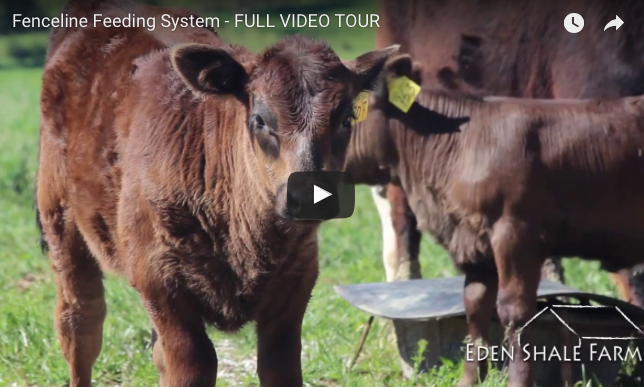
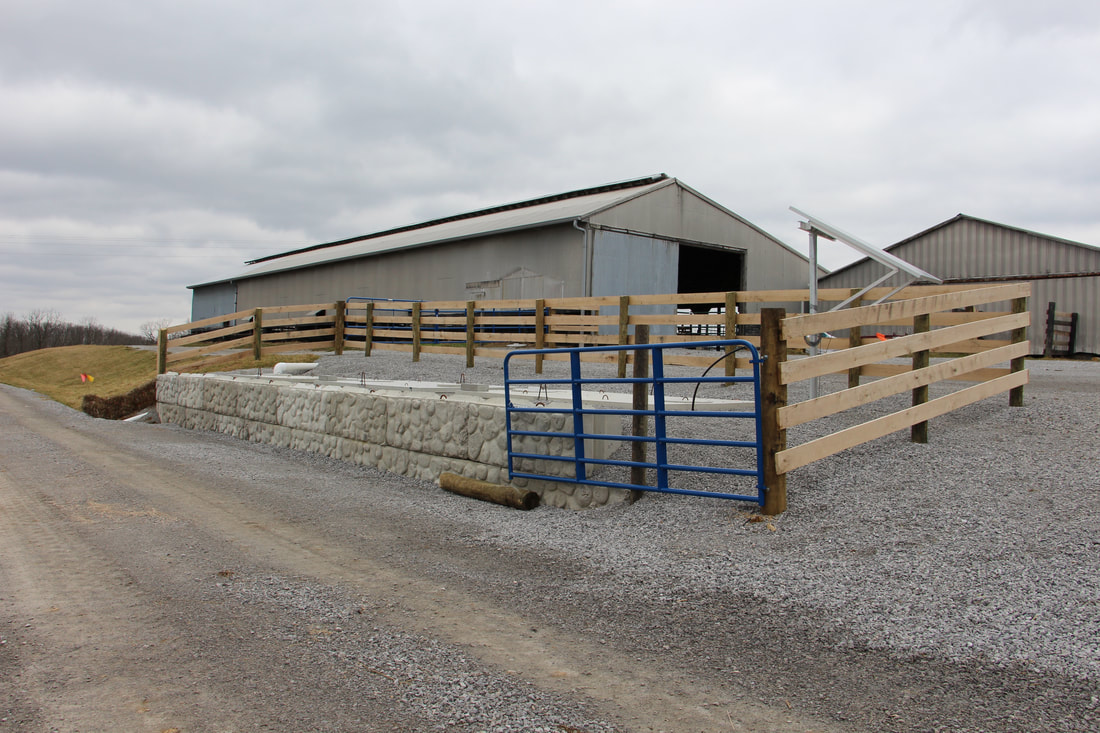
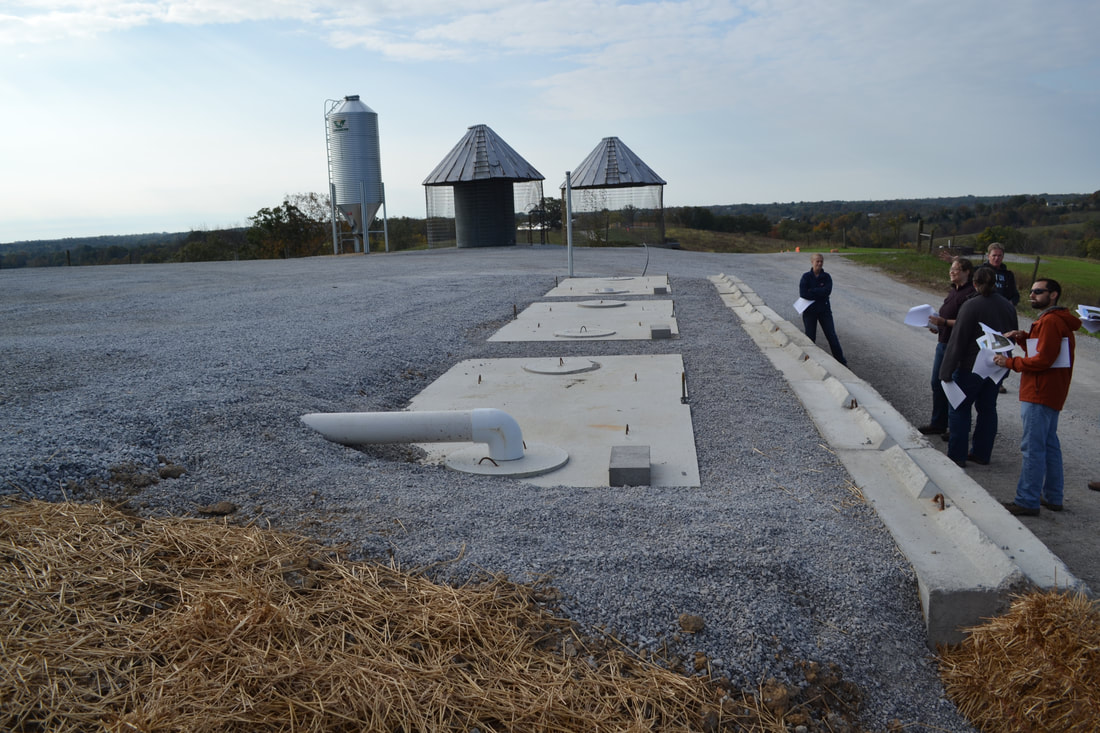
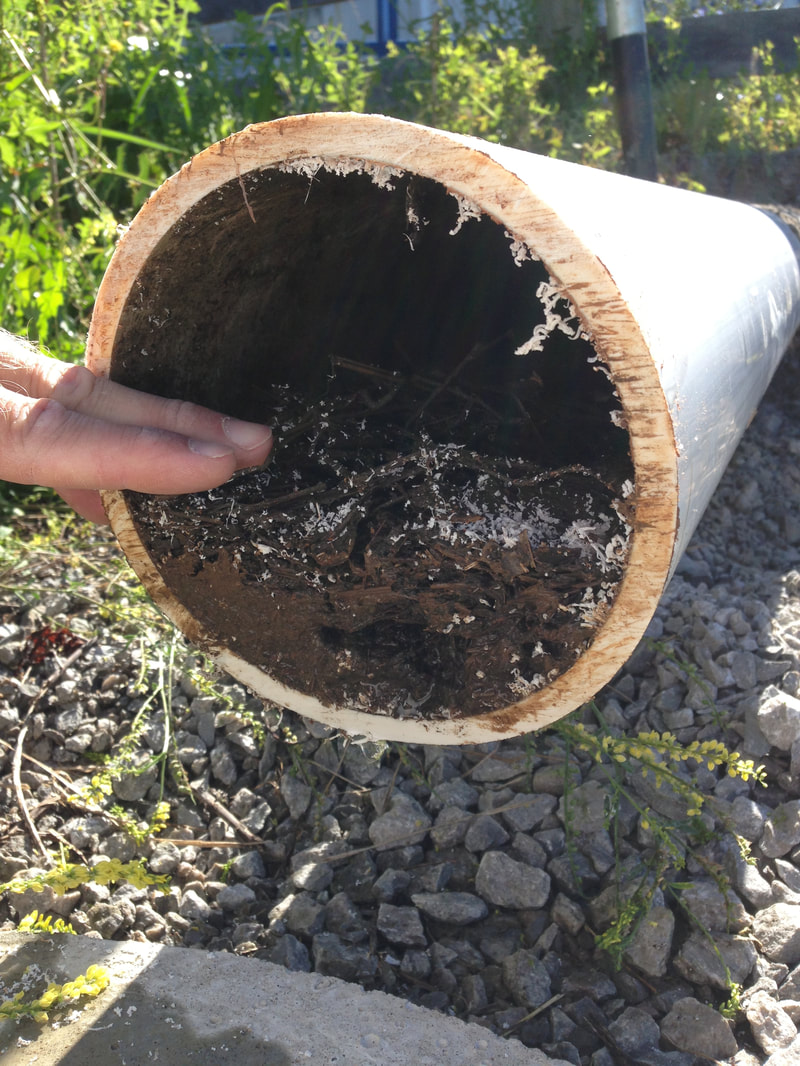
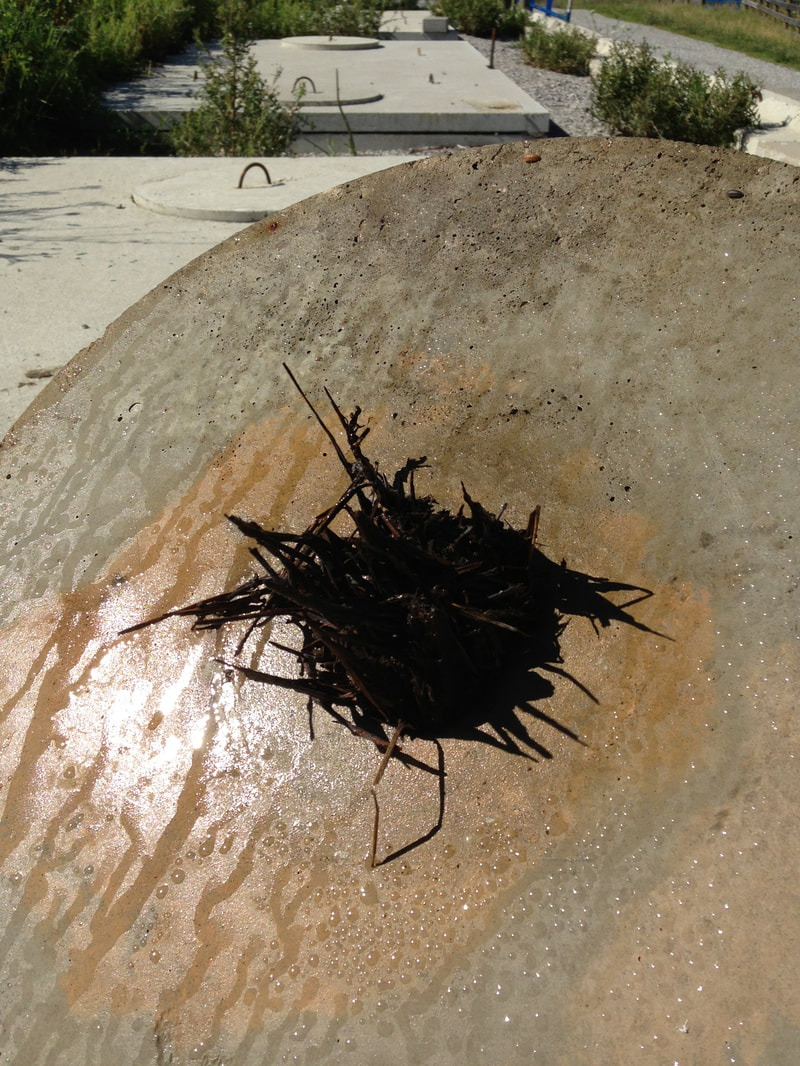
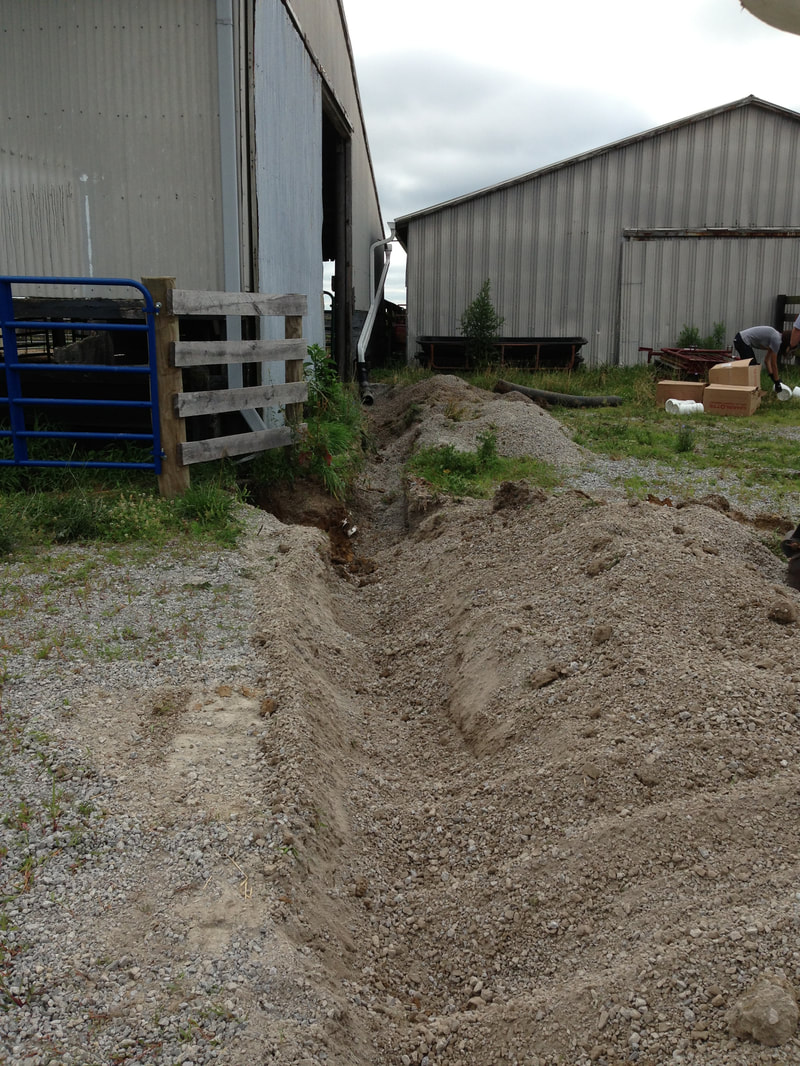
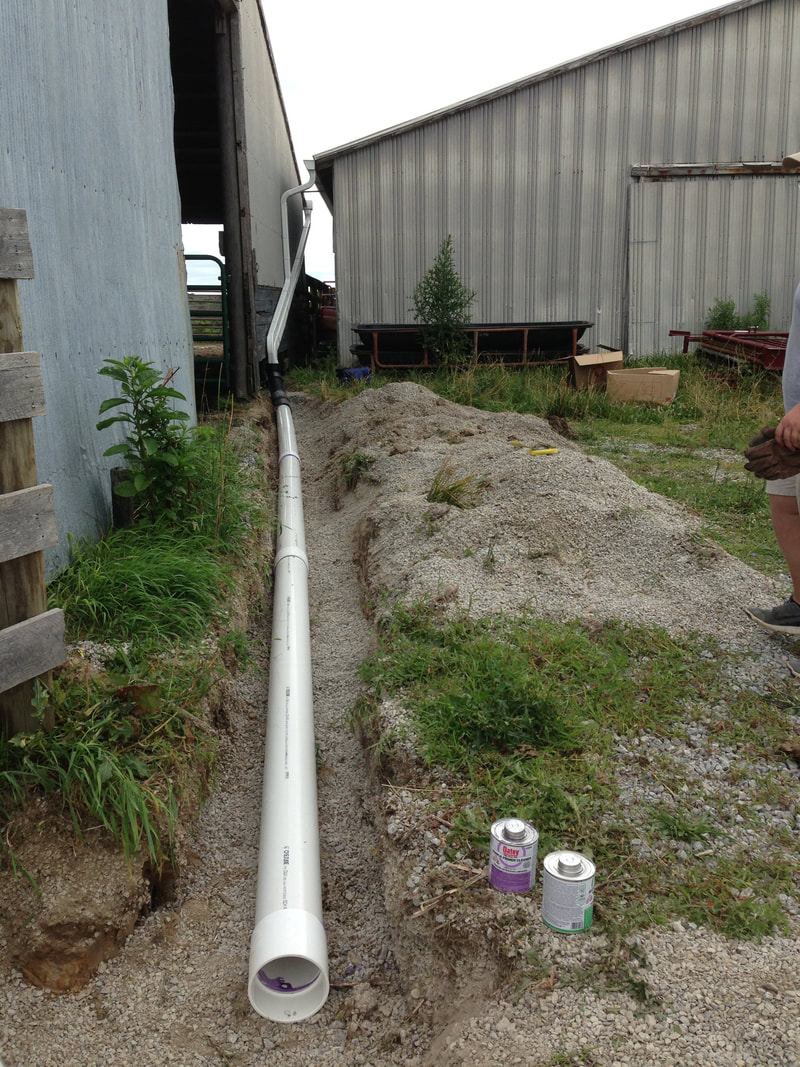
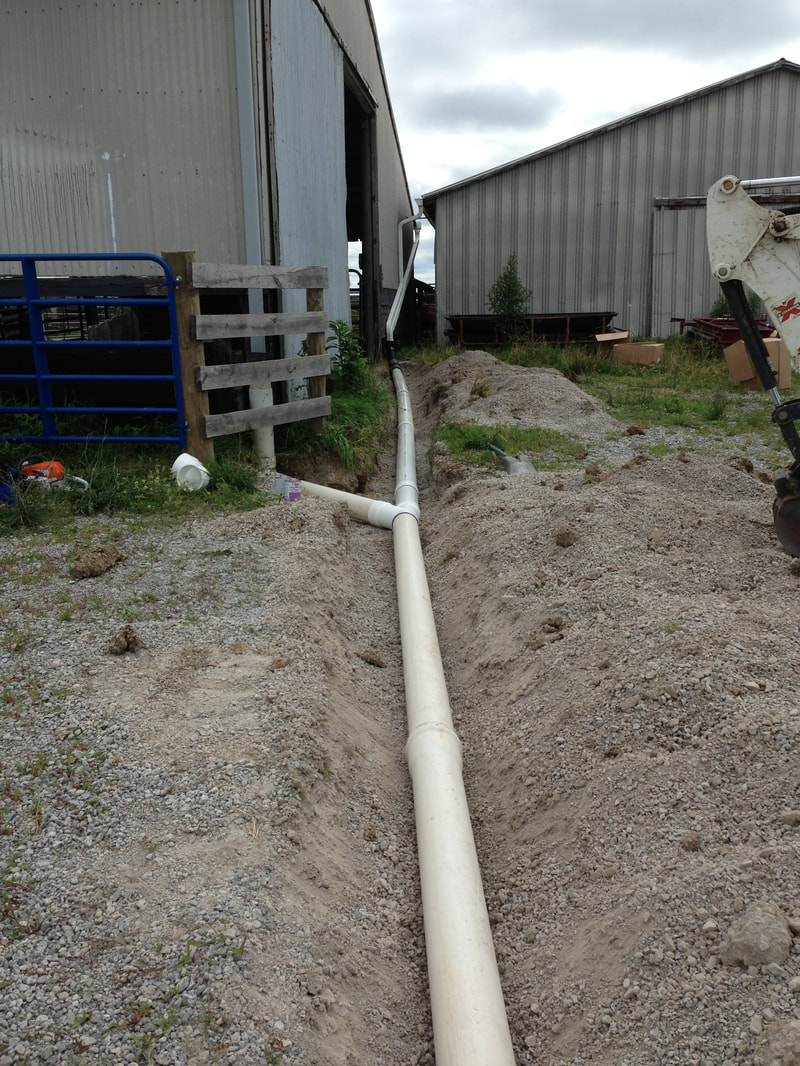
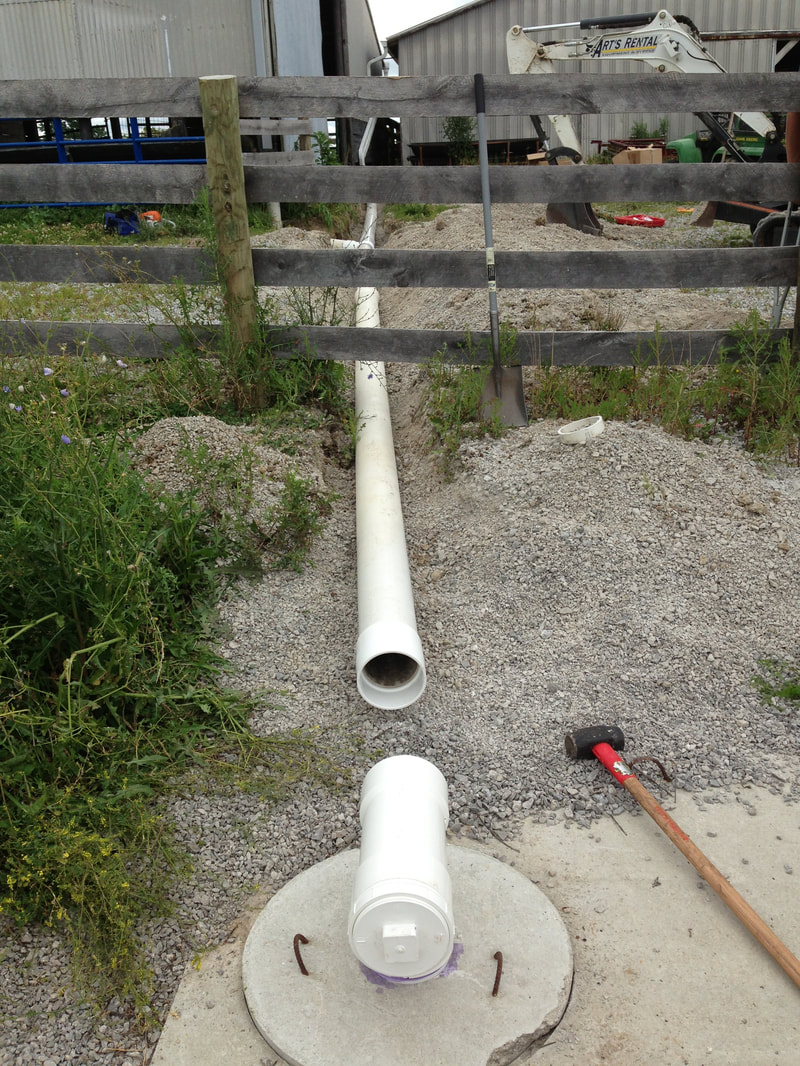
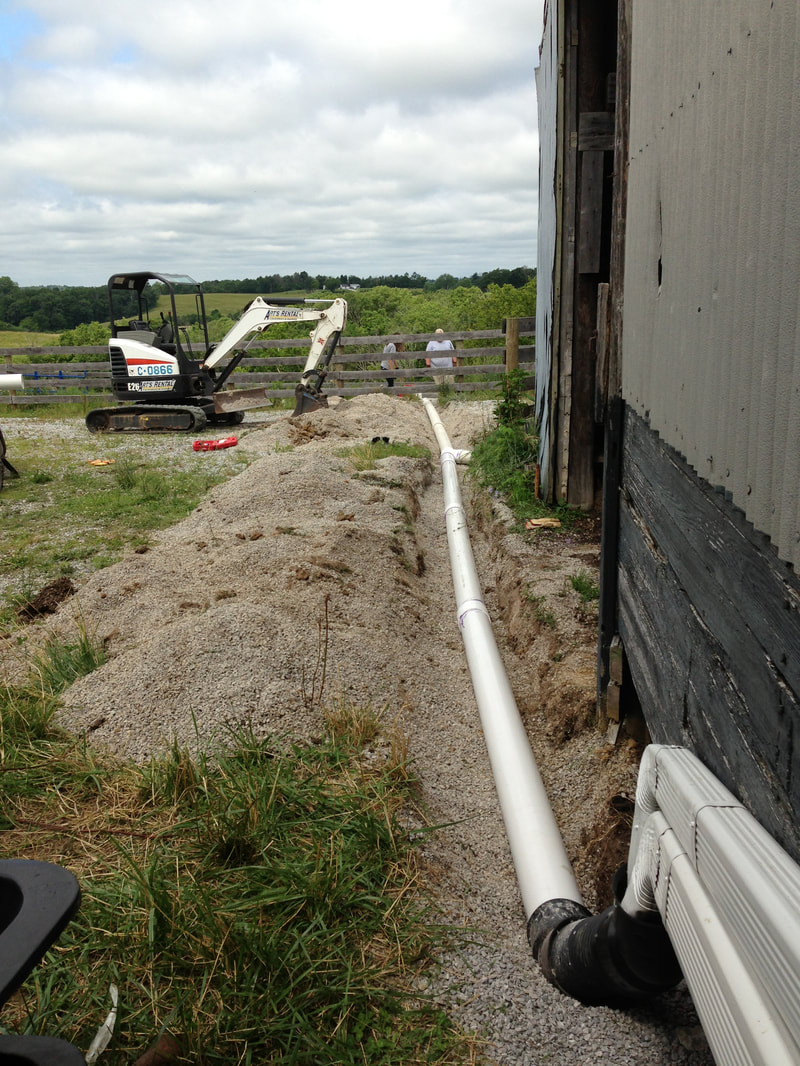
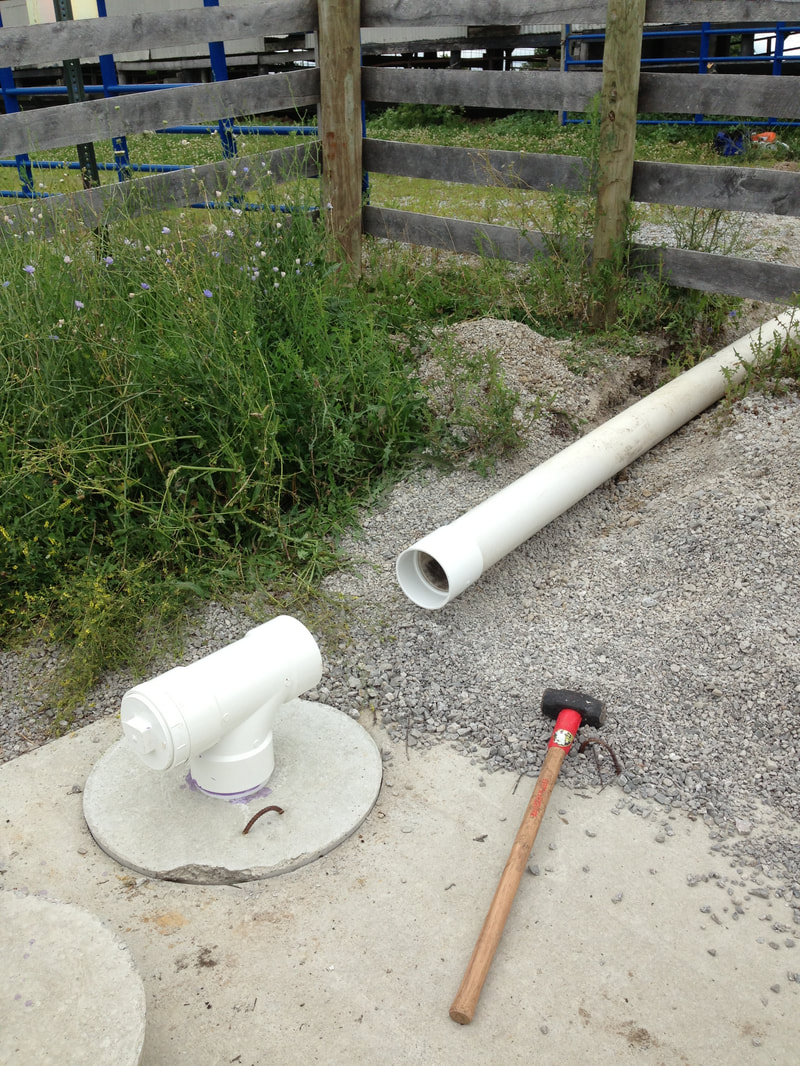
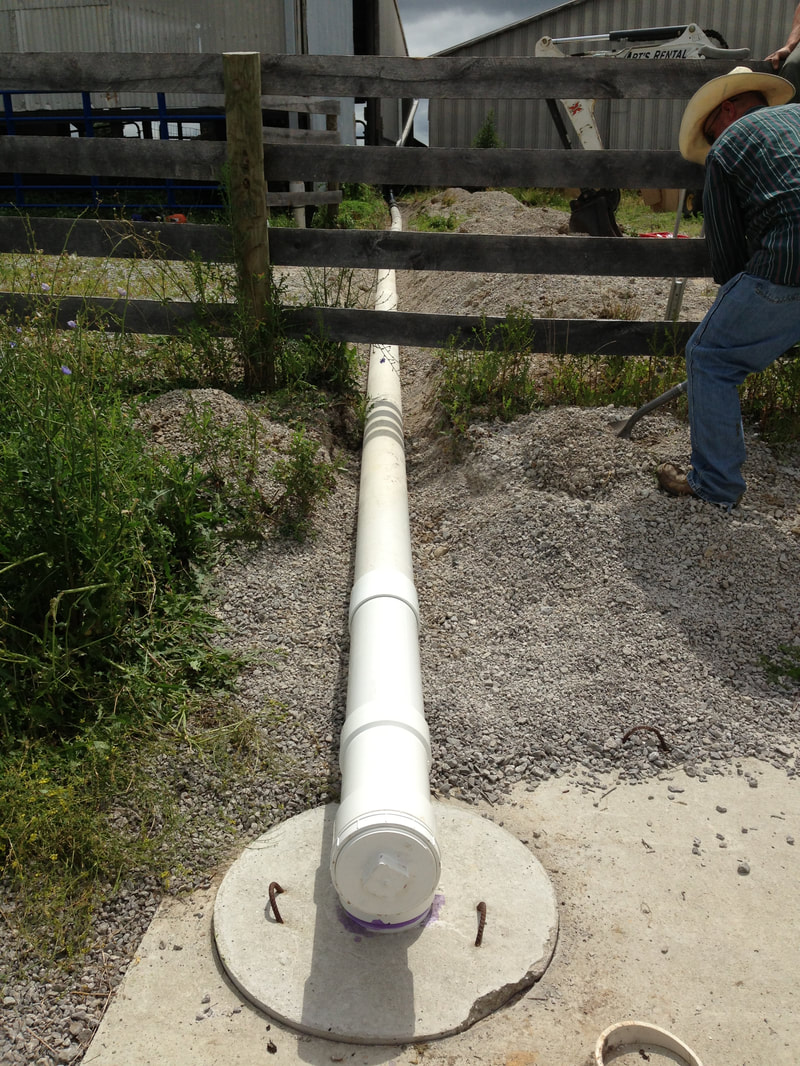
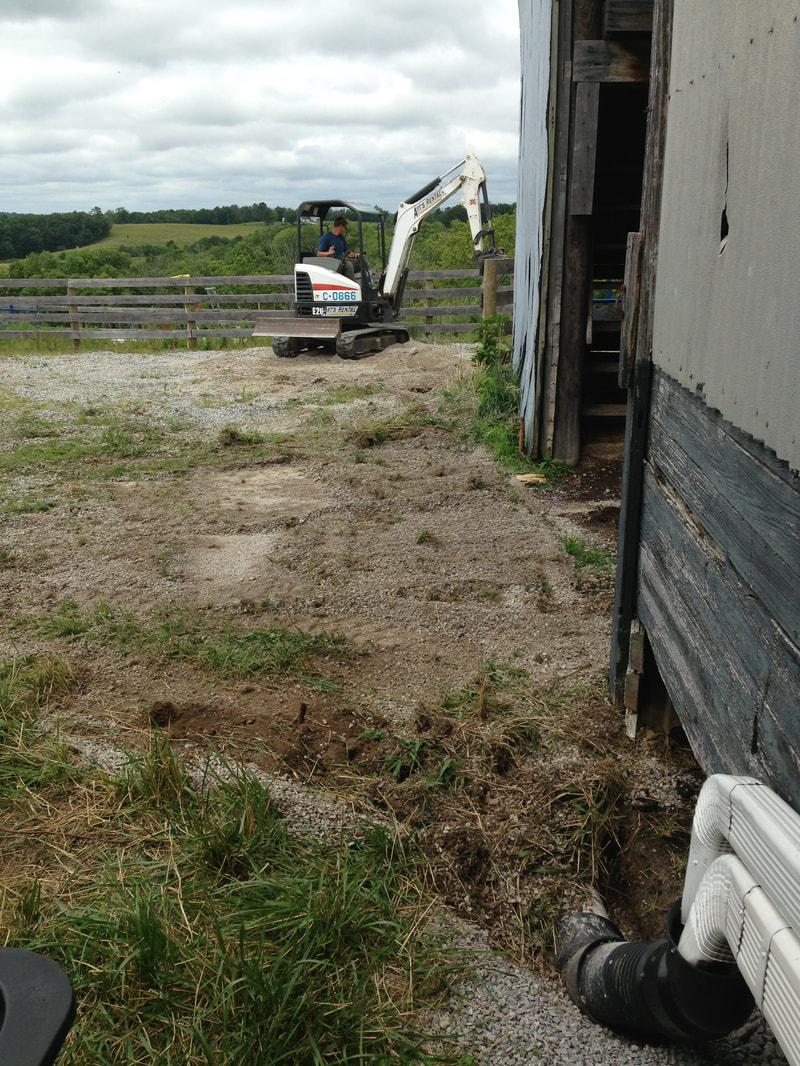
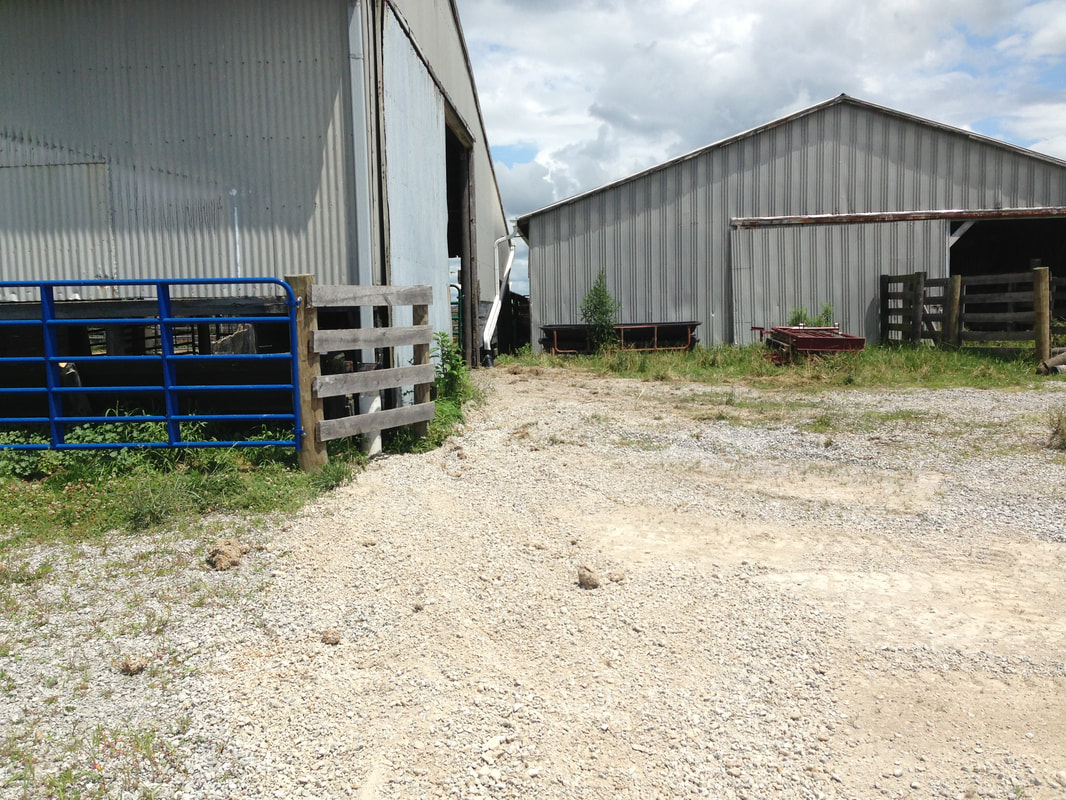
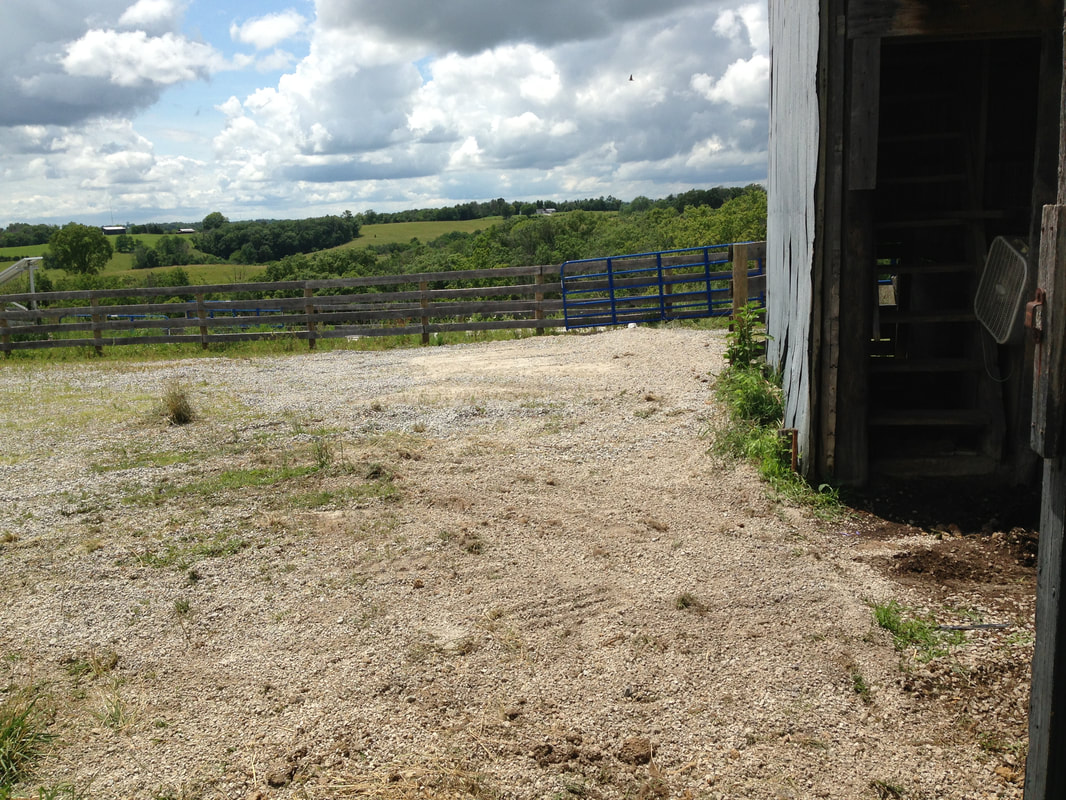
 RSS Feed
RSS Feed
